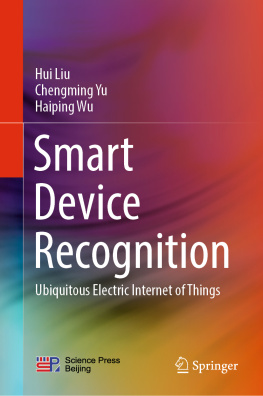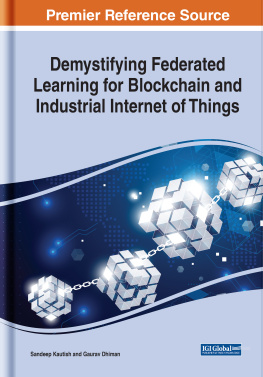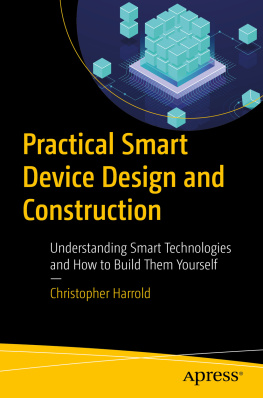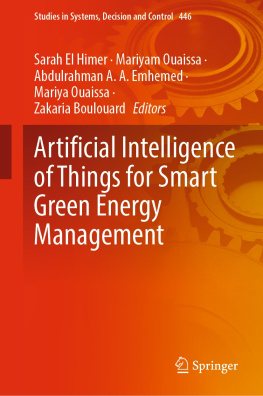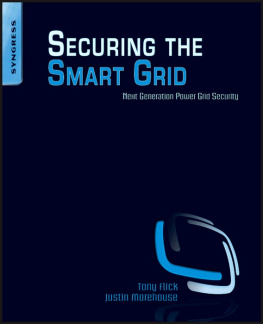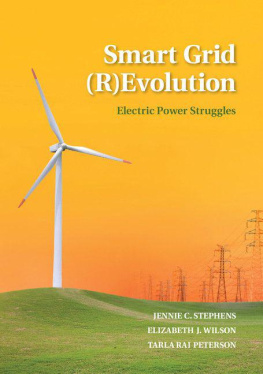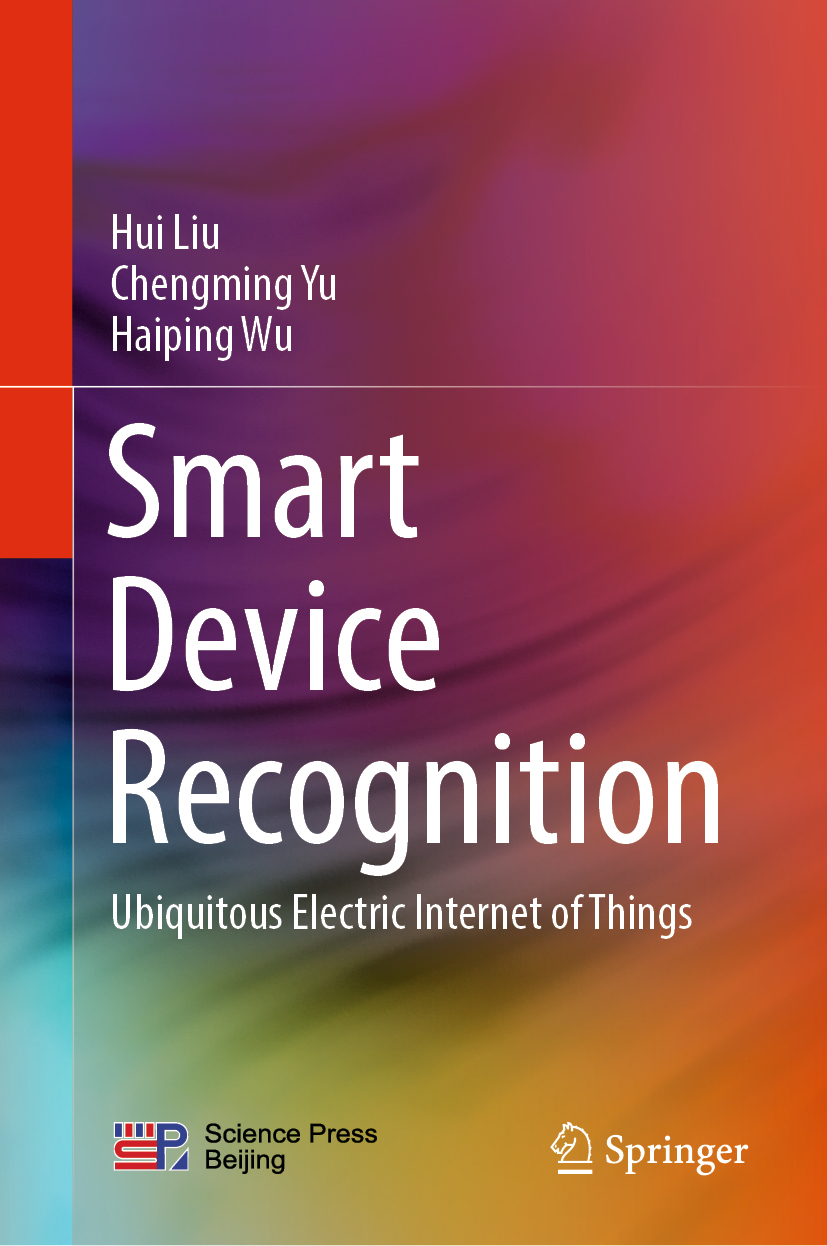Hui Liu
Institute of Artificial Intelligence and Robotics, School of Traffic and Transportation Engineering, Central South University, Changsha, China
Chengming Yu
Institute of Artificial Intelligence and Robotics, School of Traffic and Transportation Engineering, Central South University, Changsha, China
Haiping Wu
Institute of Artificial Intelligence and Robotics, School of Traffic and Transportation Engineering, Central South University, Changsha, China
ISBN 978-981-33-4924-7 e-ISBN 978-981-33-4925-4
https://doi.org/10.1007/978-981-33-4925-4
Jointly published with Science Press
The print edition is not for sale in China (Mainland). Customers from China (Mainland) please order the print book from: Science Press.
Science Press and Springer Nature Singapore Pte Ltd. 2021
This work is subject to copyright. All rights are reserved by the Publishers, whether the whole or part of the material is concerned, specifically the rights of translation, reprinting, reuse of illustrations, recitation, broadcasting, reproduction on microfilms or in any other physical way, and transmission or information storage and retrieval, electronic adaptation, computer software, or by similar or dissimilar methodology now known or hereafter developed.
The use of general descriptive names, registered names, trademarks, service marks, etc. in this publication does not imply, even in the absence of a specific statement, that such names are exempt from the relevant protective laws and regulations and therefore free for general use.
The publishers, the authors, and the editors are safe to assume that the advice and information in this book are believed to be true and accurate at the date of publication. Neither the publishers nor the authors or the editors give a warranty, express or implied, with respect to the material contained herein or for any errors or omissions that may have been made. The publishers remain neutral with regard to jurisdictional claims in published maps and institutional affiliations.
This Springer imprint is published by the registered company Springer Nature Singapore Pte Ltd.
The registered company address is: 152 Beach Road, #21-01/04 Gateway East, Singapore 189721, Singapore
Preface
The development of modern society poses new and high challenges to the regulation capability, intelligence, and digitization of the electric grid. Building the Ubiquitous Electric Internet of Things (UEIOT) is an effective way to solve technical problems of the electric grid and break through the bottleneck. It makes the electric users, grid companies, electric generation companies, suppliers, and their equipment all connected. Then, the shared data is generated for service users, electric grids, electric generation, suppliers, government, and society. It creates greater opportunities for the development of more market players.
Due to the rapid development of the UEIOT, the non-intrusive device recognition methods which obtain various device information by analyzing indoor level gathered signal have become the focus in the electric energy saving. Besides, smart device identification is the core of the technology and equipment. Using data science to realize non-intrusive smart device identification is of great significance for energy conservation and the development of mechanical and electrical control technology. It is significant to build the application framework of various data identification technologies in non-intrusive device recognition.
The book introduces a series of state-of-the-art device identification methods, which can provide ideas for doctoral students and researchers and encourage further research. In the book, various methods of intelligent device identification are introduced in detail, including machine learning, deep learning, intelligent clustering, optimization model, integrated learning, single-label and multi-label identification models, etc. Besides, a large number of experimental simulations are carried out. In addition, the book also illustrates some traditional device recognition solutions in Chap. for comparison, which are based on physical methods or template matching method. Not limited to the application in the field of energy conservation, the book also analyzes the potential application of intelligent device identification in mechanical and electrical system optimizations, environmental pollution detection, and so on. In general, the book provides an important reference for the development of data science and technology in non-intrusive device recognition and would promote the application of intelligent device identification methods in industry.
The studies in the book are supported by National Natural Science Foundation of China, National Key R&D Program of China, the Innovation Drive of Central South University of China. The publication of the book is funded by the graduate textbook project of Central South University of China. In the process of writing the book, Rui Yang, Chengqing Yu, Shuqin Dong, Chao Chen, Jiakang Wang, Zijie Cao, Yucheng Yin, Zeyu Liu, and other team members have done a lot of experimental verification and other work; the authors would like to express heartfelt appreciations.
Prof. Dr. -Ing. habil. Hui Liu
Changsha, China
October 2020
Nomenclature
AAM
Advanced Asset Management
AC
Air Conditioner
AdaBoost
Adaptive Boosting
ADO
Advanced Distribution Operation
AE
Auto Encoder
AMI
Advanced Metering Infrastructure
AMR
Automatic Meter Reading
ANN
Artificial Neural Network
AR
Auto Regressive
ATO
Advanced Transmission Operation
AUC
Area Under Curve
BBKH
Biogeography Based Krill Herd
BOA
Butterfly Optimization Algorithm
BPMLL
Backpropagation Neural Networks Multi-Label Learning
CART
Classification And Regression Tree
CDMs
Committee Decision Mechanisms
CLS
Concept Learning System
CNN
Convolutional Neural Network
DAQ
Data AcQuisition module
DBSCAN
Density-Based Spatial Clustering of Applications with Noise
DE
Differential Evolution
DER
Distributed Energy Resource
DT
Decision Tree
ELM
Extreme Learning Machine
EMI
Electro Magnetic Interference
EMS
Energy Management System
FA
Firefly Algorithm
FFT
Fast Flourier Transform
FGKM
Fast Global K-Means
FHMM
Factorial Hidden Markov Model
FN
False Negative
FNN
Feedforward Neuron Network
FP
False Positive
FSM
Finite State Machine
GA
Genetic Algorithm
GLR
Generalized Likelihood Ratio
GMM
Gaussian Mixture Model
GOF
Goodness Of Fit
GRU
Gated Recurrent Unit network
GWO
Grey Wolf Optimization
HEMS
Home Energy Management System
HMM
Hidden Markov Model
IoT
Internet of Things

